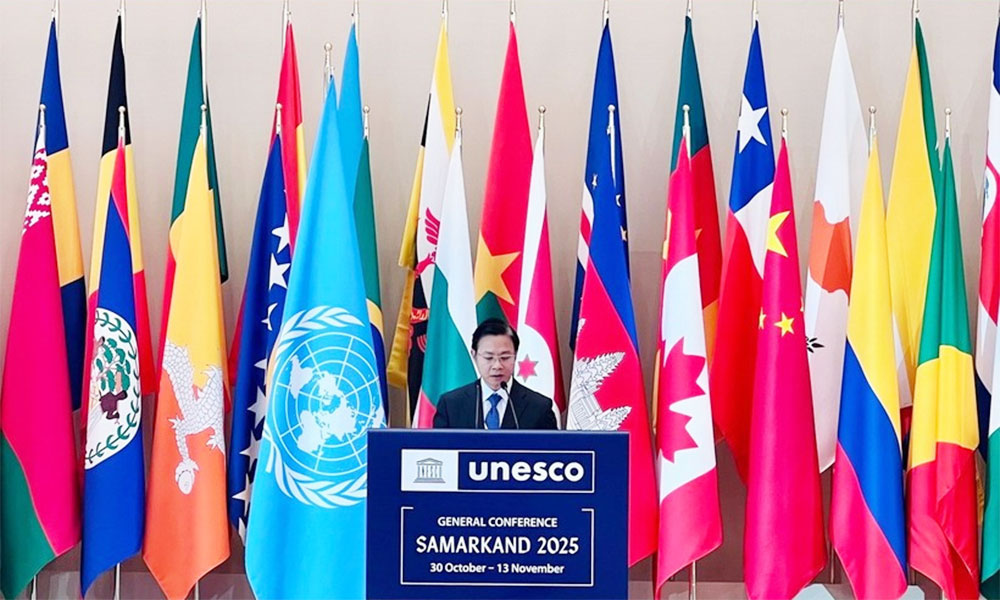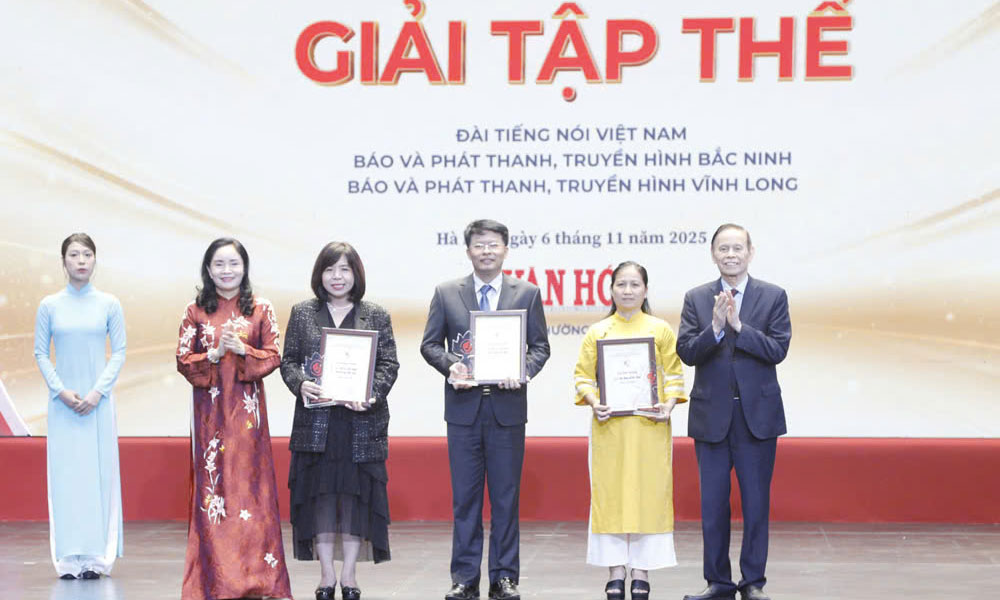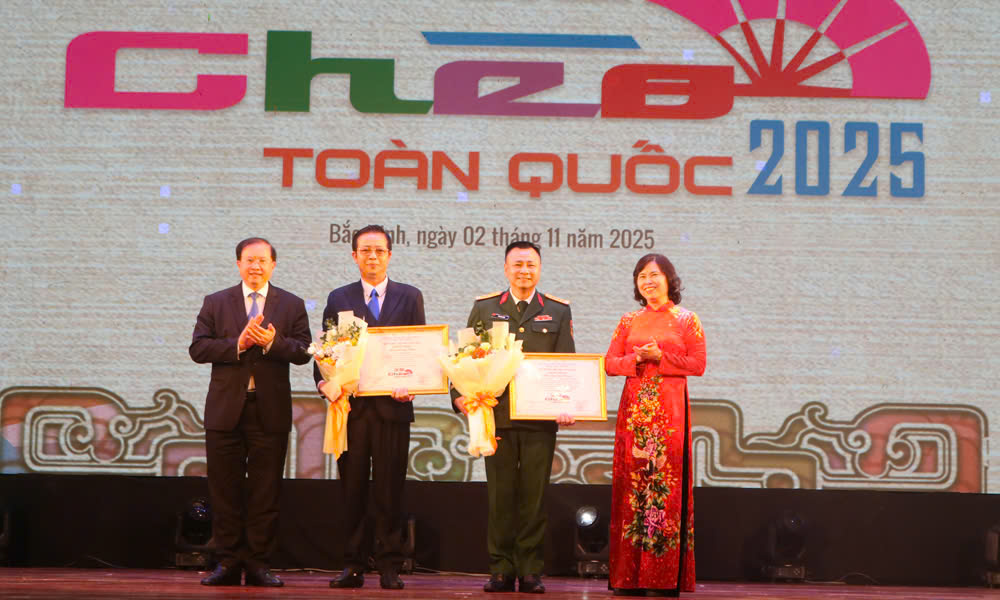Vietnam charts course to develop 10 core cultural industries
The priority sectors include cinema; fine arts, photography and exhibition; performing arts; software and entertainment games; advertising; handicrafts; cultural tourism; creative design; television and radio; and publishing.
Vietnam has mapped out a plan to advance 10 key cultural industries, aiming to nurture sectors that blend cultural, creative and technological elements with intellectual property to meet public cultural demand and reinforce the national goals on international integration and sustainable development.
 |
|
As part of the Thang Long – Hanoi Festival 2025, the Hanoi Puppet Festival 2025 draws strong interest from residents and visitors alike. |
Under the Prime Minister's Decision No. 2486/QD-TTg, which approves the strategy for cultural industry development to 2030 with a vision to 2045, the priority sectors include cinema; fine arts, photography and exhibition; performing arts; software and entertainment games; advertising; handicrafts; cultural tourism; creative design; television and radio; and publishing.
The strategy sets an average annual growth target of around 10% for cultural industries by 2030, with their contribution to GDP expected to reach 7%.
Their manpower is aimed at 10% growth each year, accounting for 6% of the national workforce, while the number of economic establishments operating in cultural industries is anticipated to increase at the same pace. Export value is targeted at an average expansion rate of 7% annually.
A network of cultural industry centres, creative spaces, cultural industry parks, and creative complexes will be comprehensively planned and modernised, harnessing distinctive cultural assets to strengthen both local and national branding.
Looking ahead to 2045, Vietnam aims for cultural industries to develop sustainably, contributing 9% of GDP and representing 8% of the national workforce.
Digital cultural products are expected to make up more than 80% of total cultural industry output, and export growth is targeted at 9% per year.
The country also seeks to establish itself as a cultural and entertainment hub in Asia, and gain a foothold in the global cultural industry landscape.
The strategy emphasises cultural industry development tailored to each locality’s potential, strengths and development plan. Selected provinces and cities will act as regional hubs to promote stronger linkages and enhance infrastructure and cultural institutions.
It also encourages enterprise development and the formation of a professional and interconnected ecosystem that connects creativity, production, business, promotion, and consumption, alongside stronger protection of intellectual property rights.
Distribution centres will be created to support cultural product exports, with a focus on tapping existing markets and exploring potential ones of Vietnam and the world.
By 2030, Vietnam will prioritise domestic market needs while boosting exports, firstly to the destinations with large Vietnamese communities; by 2045, the emphasis will shift to enhancing professionalism, creativity, and competitiveness to strengthen the global profile of Vietnamese cultural industry products.
Six sectors, namely cinema, performing arts, software and entertainment games, advertising, handicrafts, and cultural tourism, are designated for intensive development to build value chains, enhance product value, and translate cultural resources into national soft power.
 Bắc Ninh
Bắc Ninh




















Reader's comments (0)